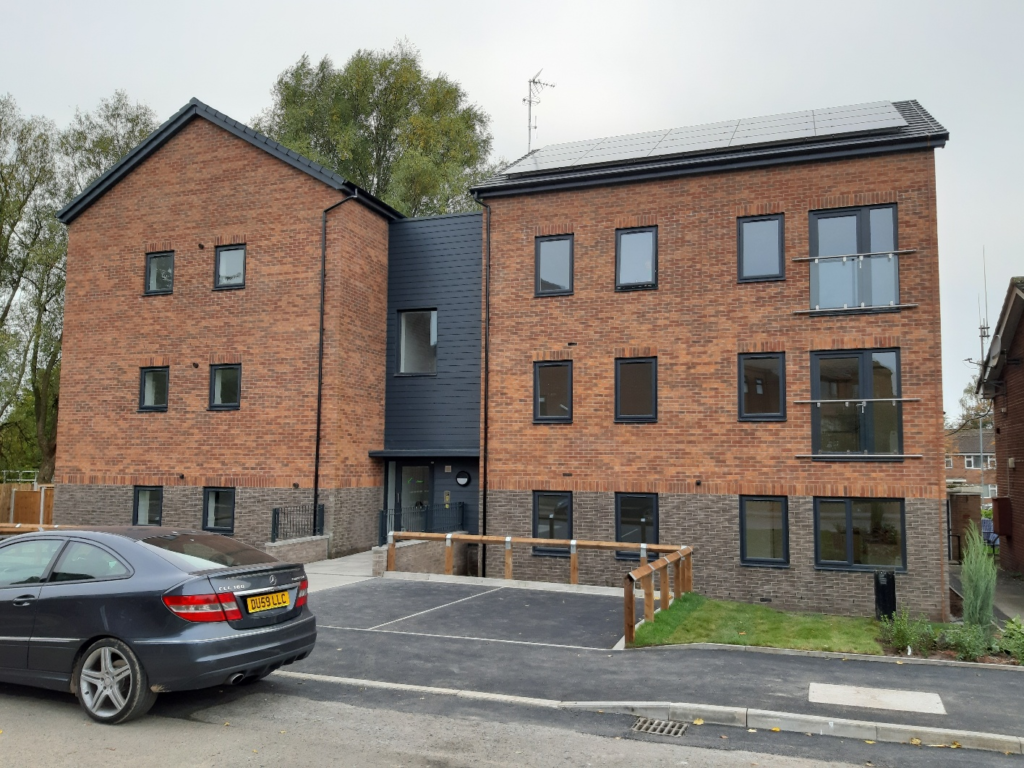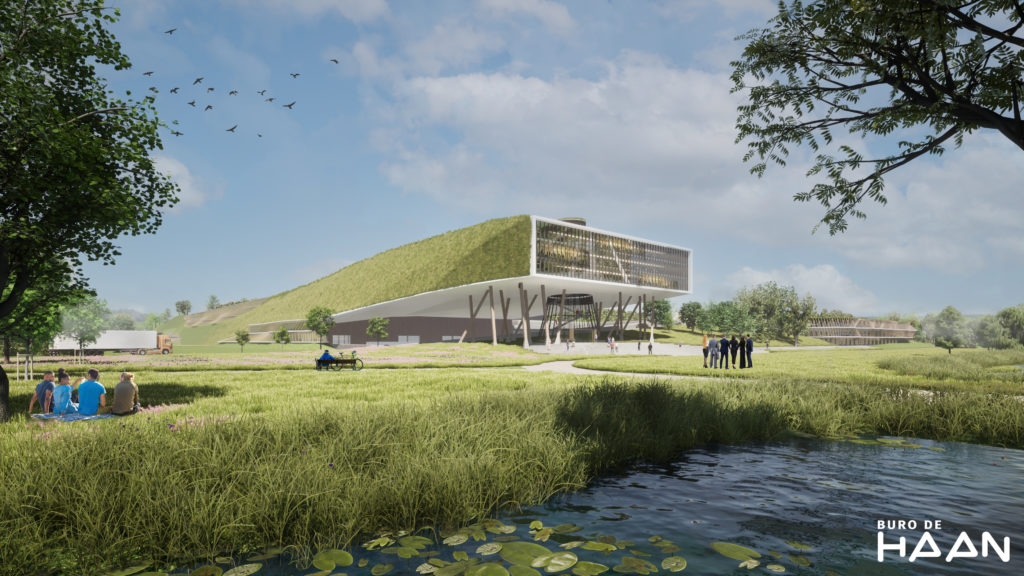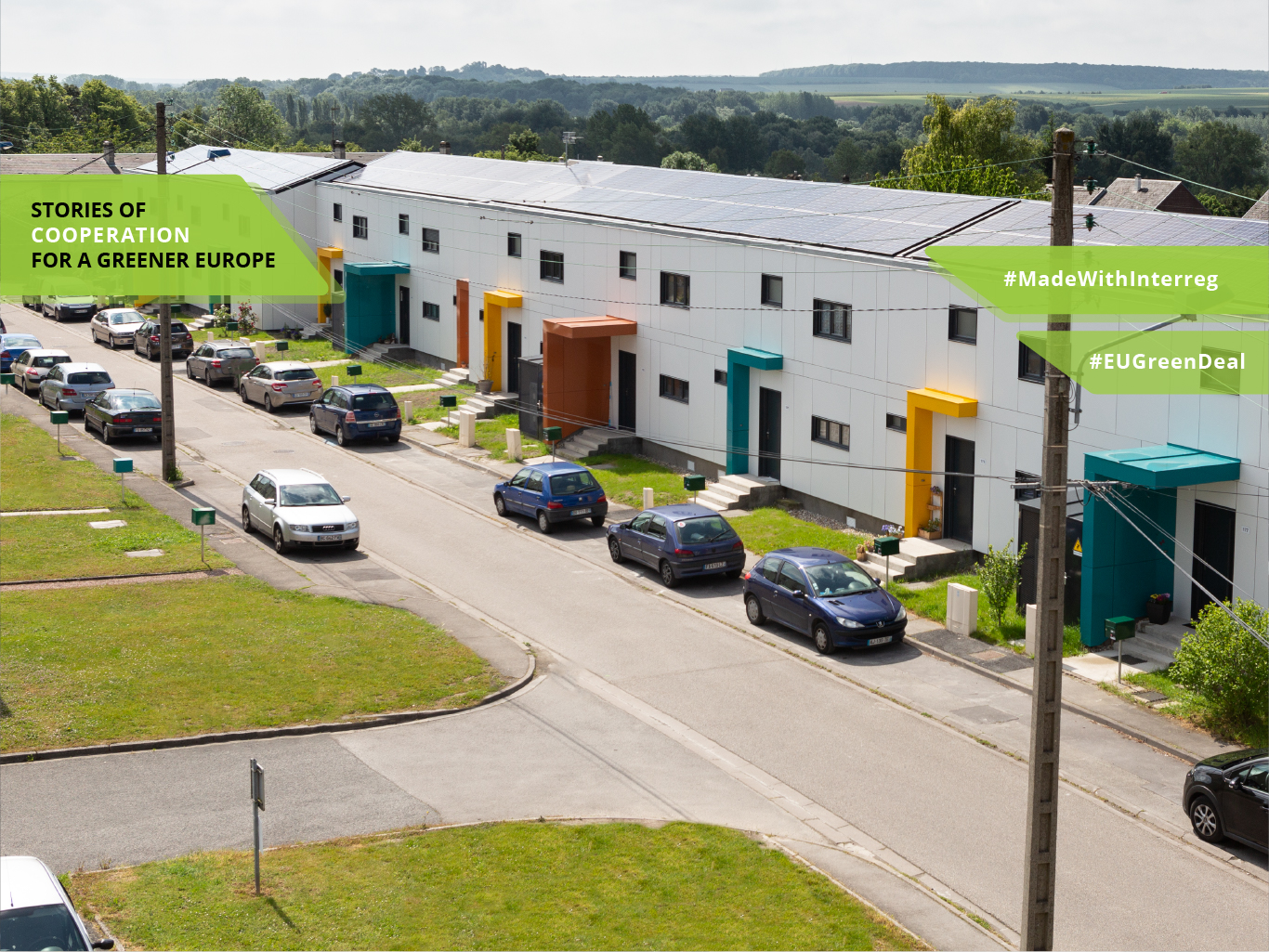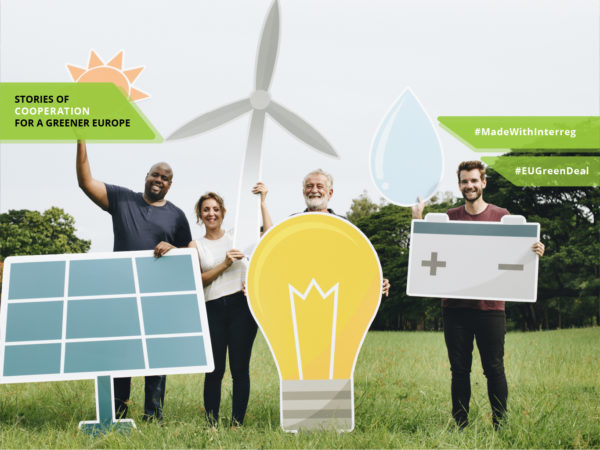(Energy) Efficiency first
The concept is not rocket science. By simply consuming less energy in buildings, households can make a direct and solid contribution to decarbonisation in Europe. Yet, this potential is often overlooked.
Initiatives aimed at increasing energy efficiency often go hand-in-hand with the promotion of renewable energy, which tends to stand centre stage. Using resources more efficiently is, however, key to meet Europe’s climate objectives. In a year dominated by the expected post-COVID recovery and its most welcome investments in innovative economic activities, it is now time to shine a light on initiatives promoting the so-called energy efficiency first principle to take the leading role in the script.
We still have widespread reliance on fossil fuels for electricity generation in homes’ boilers/stoves for heating and hot water, poor thermal insulation of house walls in colder climates and insufficient energy efficiency of appliances
The energy efficiency first principle is not new. It aims at supporting both actions in energy efficiency and demand side management at the same level as alternative measures to respond to a specific need. Or, in other words, it means promoting energy efficiency on an equal footing with renewables when aiming at decarbonising energy use. The principle is particularly relevant when supply and energy generation infrastructure investments face shortages.
Collectively, buildings in the EU are responsible for 40% of the energy consumption and for 36% of greenhouse gas emissions. Current retrofitting approaches are too slow and limited in scale and do not contribute to reducing emissions quickly enough to meet Europe’s Climate & Energy targets. There is a need for alternative energy efficiency solutions that can help citizens reduce their energy bills and decrease the environmental impact of energy consumption. This is where transnational projects such as INDU-ZERO and RED WoLF can help.

The algorithm empowering households to consume green energy
Project RED WoLF aims at reducing CO2 emissions from homes via a smart hybrid storage system (HSS) that uses batteries combined with thermal storage and domestic photovoltaic.
“The HSS combines thermal and battery storage with a data-driven, management algorithm. This algorithm is based on house electricity consumption, CO2 intensity of grid electricity and weather predictions. It decides the time intervals in which electricity should be taken from the grid and stored. This way, the RED WoLF houses take from the grid the electricity with the lowest CO2 content (i.e., when the fraction of renewable electricity is the highest in the grid). This approach provides a demand for green electricity when it would otherwise be low, thus making more room for intermittent wind and solar energy on the power grid”, explains Giuseppe Colantuono, Project Manager of RED WoLF.
The project is developing 100 pilot sites throughout the United Kingdom, France and Ireland that consist of sets of either newly built or retrofitted homes. These homes will be equipped with hybrid systems combined with photovoltaic solar panels and no-gas connection. These are expected to lead to a reduction of 215 tonnes of CO2 per annum at the end of the project. As of today, the hybrid storage system has been designed, proved efficient with peer-reviewed computer simulations and installed in 43 houses over three pilot sites in the UK and France. For instance, in Montbéliard, France, 14 three-bedroom homes are already equipped and inhabited.
A blueprint for affordable renovations in the North Sea
More than 40% of Europe’s residential buildings have been constructed before the 1960s when energy building regulations were very limited. In the North Sea Region alone, 22 million houses that are built in 1950-1985, need to be renovated to meet the EU target of climate neutrality by 2050. The current home renovations are too slow and, especially for terraced housing and flats, too expensive. Also, the building sector does not have enough capacity to improve all homes in time.
Also the INDU-ZERO project is working with this problem. Through a collaboration between 6 countries (the Netherlands, Belgium, Germany, Sweden, the United Kingdom and Norway) the project aims to upscale the renovation process so that costs go down and pace goes up.
The INDU-ZERO project explains how it plans to renovate 22 million houses in the North Sea region.
Teaming up local authorities, educational institutions and industry, the INDU-ZERO project designed a blueprint for an innovative factory which can produce renovation packages at half of the current cost and can boost production capacity to 15,000 packages per factory per year. The standardized and circular approach of INDU-ZERO can be applied to terraced houses and apartments built between 1950 and 1985.

All the preliminary work; from the fully automated production process, a nature integrated factory design to logistics and on-site assembly are designed and described in the blueprint. It also includes a detailed business case that proves a total cost reduction of 50% can be reached. The in-depth technical details will become available in the coming months for housing cooperations, suppliers, investors, governments, and anyone that wants to play a role in achieving a sustainable housing stock by 2050.
“Only by teaming up across the region and keeping our doors wide open we have made big innovative steps. Frameless windows, a complete new sandwich panel and a new anchor system are for example made possible thanks to a cooperation of new parties involved in the project”, says Ulla-Britt Krämer, INDU-ZERO Project Manager.
What happens next?
The European Commission aims now at moving from principles to practice and proposed a specific recommendation to make energy efficiency a clear priority. Likewise, with the on-going revision of the energy efficiency directive, proposed in the framework of the European Green Deal package in July 2021, the Commission intends to provide a legal basis for the application of the energy efficiency first principle. This is good news for the INDU-ZERO project, that already expects the 50% cost reduction in renovation packages to lead to a mass market uptake of home renovation packages towards energy-neutral. This will ultimately reduce the environmental footprint of the North Sea Region significantly and meet the EU energy and climate objectives.
Talks with housing cooperation’s, governments, investors and industry are ongoing for the realisation of a first INDU-ZERO Smart Factory in either the Netherlands or Germany
At the end of the RED WoLF project, the tested energy saving systems will be market-ready for adoption across regions in North-West Europe. As a long-term result, the project aims at pushing for hybrid systems to be included in energy policies and regular business activities of RED WoLF partners, and roll-out its results across Europe.
“Thanks to the proactive partnership and to the Interreg NWE’s call for capitalisation, RED WoLF is gaining societal relevance and strong scientific recognition with already 4 peer-reviewed academic papers on excellent or top journals. The solution we are implementing, either as it is or blended with others, will be part of the future of European energy”, concludes Dr. Colantuono.
Projects promoting energy efficiency practices and an inclusive energy transition will continue to play a strong role in Interreg, both in North-West Europe and in the North Sea Region Programmes. Stakeholders from these territories are invited to get familiar with the best practices from the current projects and to access the websites of the two programmes to get to know all the detailed information on the thematic priorities for the next programme period 2021-2027.





